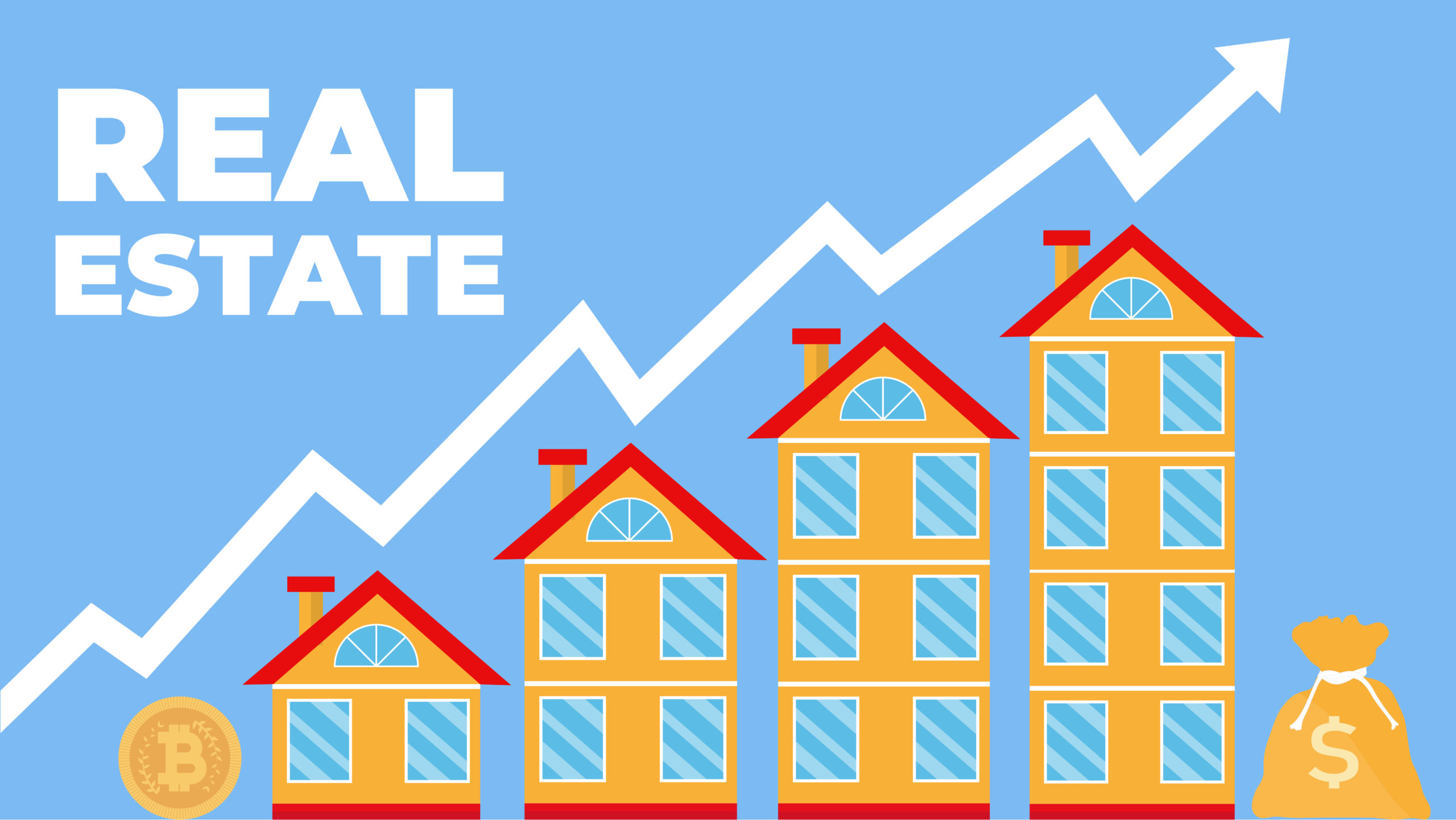The real estate market outlook for Long Island, Brooklyn, Queens & Bronx in the next year is shaped by economic factors, shifting demographics, and evolving housing demands. These areas have experienced significant changes over the past few years, influenced by the COVID-19 pandemic, economic fluctuations, and changes in work patterns. Here’s a detailed look at what to expect:
Long Island
Market Stability and Growth
Long Island’s real estate market is expected to remain stable with modest growth. This stability is driven by the area’s appeal to families and professionals seeking suburban environments with access to good schools, parks, and beaches. Remote work is becoming more popular, increasing Long Island’s suburban appeal and attracting more buyers who prefer larger homes and outdoor spaces.
Housing Supply and Demand
The inventory on Long Island has been tight, contributing to rising home prices. This trend will likely continue but slowly as higher interest rates temper demand. New construction projects may help ease some of the supply constraints, particularly in less developed areas, though these projects may take time to impact the market significantly.
Economic Influences
The broader economic climate, including interest rates set by the Federal Reserve, inflation, and employment rates, will heavily influence the real estate market. While high interest rates might dampen buyer enthusiasm, strong local economies and high demand for housing are expected to keep the market from declining sharply.
Brooklyn
Urban Appeal and Investment
Brooklyn remains one of the most desirable urban areas due to its vibrant culture, diverse communities, and proximity to Manhattan. Real estate in Brooklyn is expected to see continued interest, particularly in neighborhoods that have experienced recent gentrification. Areas like Williamsburg, DUMBO, and Bushwick are likely to remain hotspots for both residential and commercial investments.
Price Adjustments and Affordability
High prices have characterized Brooklyn’s market, but there may be a slight adjustment as potential buyers face higher mortgage rates. Affordability remains a concern, particularly for first-time buyers. However, the rental market is expected to remain robust, driven by young professionals and students.
Development Trends
New developments, particularly mixed-use projects, are anticipated to continue. These projects cater to the demand for modern amenities and community-oriented spaces. Additionally, there might be an increase in the conversion of commercial properties to residential use, driven by changes in work habits and the reduced need for office space.
Queens
Growth and Diversity
Queens, known for its diverse population and relatively more affordable housing than Manhattan and Brooklyn, is poised for steady growth. Neighborhoods such as Long Island City and Astoria have seen significant development and will likely continue to attract new residents.
Infrastructure Improvements
Infrastructure improvements, particularly those related to public transportation, will affect the real estate market in Queens. The expansion of transit options and enhancements in connectivity to Manhattan will likely boost property values in well-connected neighborhoods.
Market Dynamics
Like Long Island and Brooklyn, the real estate market in Queens will be influenced by economic conditions. However, the relative affordability of Queens could make it a more attractive option for buyers priced out of other New York City boroughs.
Conclusion
Overall, the real estate markets in Long Island, Brooklyn, Queens & Bronx are expected to remain resilient over the next year. While higher interest rates and economic uncertainties may pose challenges, the inherent demand for housing in these areas, coupled with their unique appeals, will support market stability. Buyers and investors will likely focus on areas with strong growth potential, good infrastructure, and diverse community offerings. Localized trends will vary, so focusing on specific neighborhood developments and broader economic indicators will be essential for making informed real estate decisions.

